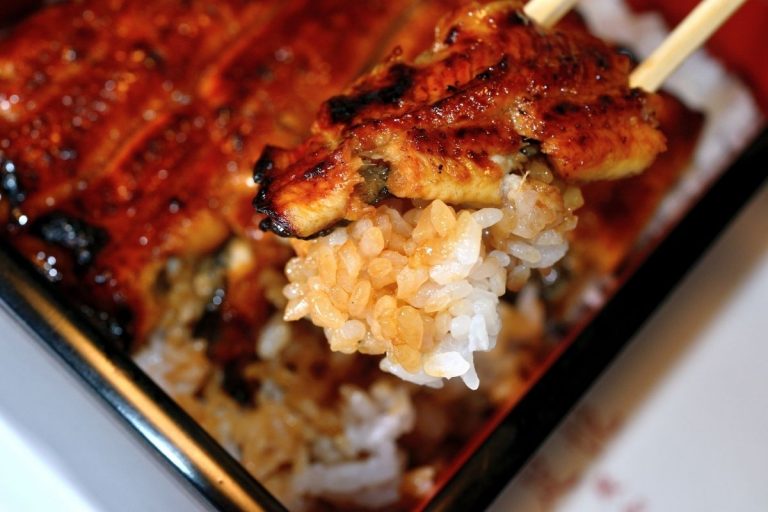Sakura mochi Ichigo Daifuku
Wagashi are traditional Japanese sweets that are often served with tea. They are usually made from natural ingredients, mainly vegetables, such as sweet grains and azuki grains. Wagashi differ from the confectionery that was introduced from the West in the 19th century (Meiji Restoration) because they use ingredients foreign to traditional Japanese cuisine.
One of the crucial aspects of the wagashi is that they combine the integral art of the five human senses. This means that it is necessary to sharpen the artistic character so that the client can appreciate the wagashi by sight, smell, hearing and touch, in addition to taste.
In terms of vision, wagashi are characterized by their design, which must present a natural beauty that is distinctive of the season that is occurring. For example, in spring, when cherry blossoms are in full bloom, wagashi pastry chefs make them in the shape of cherry blossoms or with cherry petals or leaves. Recently, it is becoming more difficult for people to notice the change of season, but wagashi shops serve as a reminder of the upcoming season.
As for the sense of hearing, each wagashi is named after a beautiful seasonal object or phenomenon or a word from a famous verse from a poem or ancient literature. When people hear such a poetic name, they can use their imagination to depict natural landscapes in season or a scene from a famous classic story or essay.
Regarding the sense of taste, wagashi shouldn’t taste too sweet or too simple. This, to establish the balance point between the sweetness of a confectionery and the bitterness of matcha or powdered green tea that is served together with wagashi. For the same reason, the wagashi fragrance is quite subtle so as not to disturb the taste of the matcha.
The texture of wagashi is also appreciated by touching it with the hand or by placing it in the mouth.
From the examples provided above, it is easy to see how truly diverse the wagashi are. However, for the sake of reference, wagashi can generally be classified as follows.
・ Mochimono (confection made with mochi rice): Kashiwamochi, Daifuku, Ohagi, etc.
・ Mushimono (steamed confection): Mushimanju, Kurimushiyokan, etc.
・ Yakimono (baked confection; includes types that are cooked on a copper plate called hiranabe and types baked in an oven) Hiranabemono: Dorayaki, Sakuramochi, etc. Obunmono: Kurimanju, Castella, etc.
・ Nagashimono (confection made by pouring ingredients into a mold): Yokan, etc.
・ Nerimono (confection made by shaping bean paste): Nerikiri, Konashi, etc.
・ Okamono (confection made by combining separate ingredients): Monaka, etc.
・ Uchimono (confection that is placed in a mold and hardened by blows): Rakugan, etc.
Kashiwamochi was created about 350 years ago.
It is a Japanese sweet wrapped in oak leaves and eaten on children’s days.
Wagashi has been elevated to the level of art that represents the essence of Japanese culture. This is because it has developed in conjunction with the tea ceremony.
Wagashi are made mainly with natural ingredients and therefore are much healthier than typical western sweets.
When visiting Japan feel free to try the delicious wagashi.


